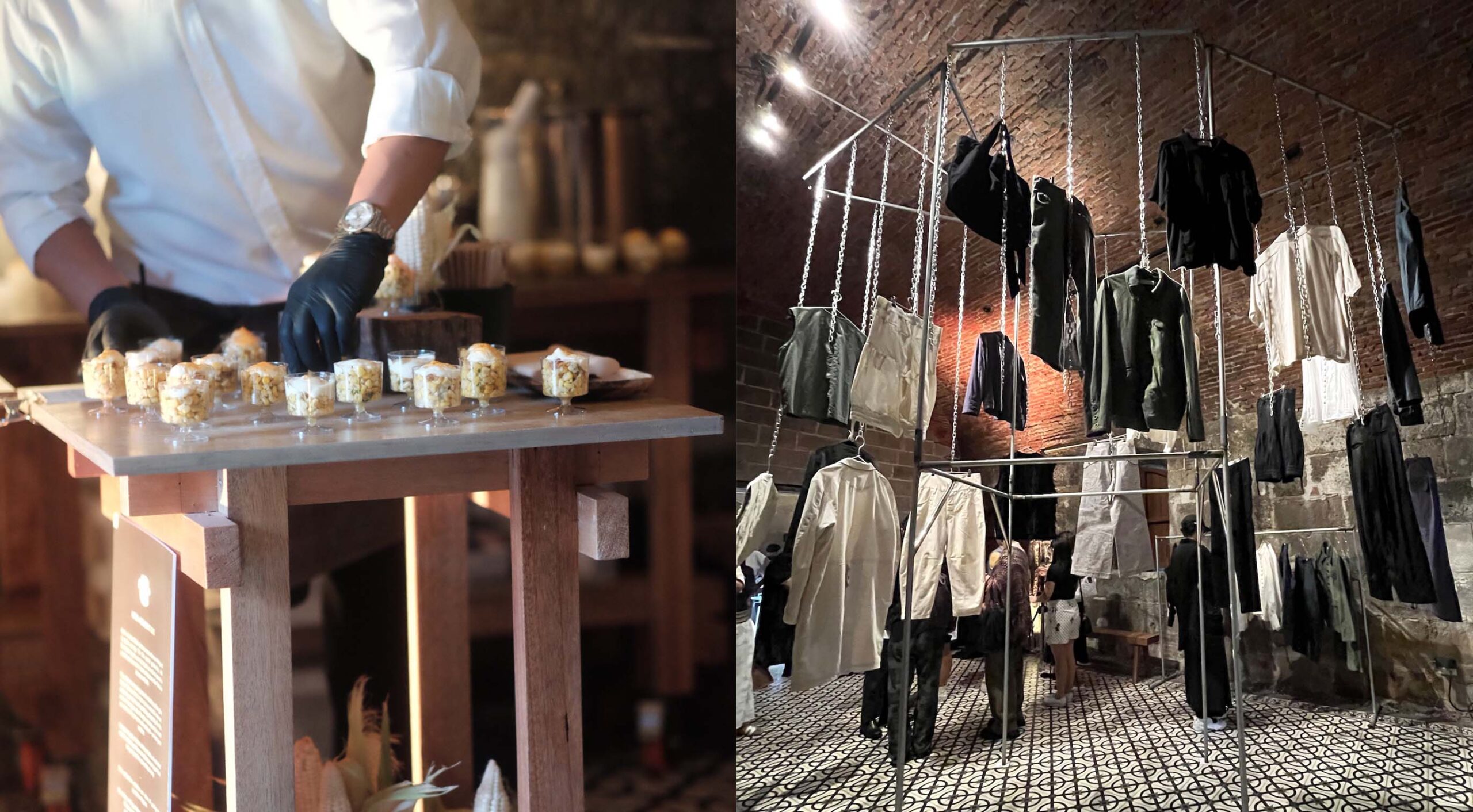These days it’s hard to imagine a household—let alone a restaurant or food establishment—without a refrigerator. It’s a common kitchen appliance that has revolutionized food storage and preparation that it’s also often taken for granted. And yet, refrigeration wasn’t even an existing concept a hundred years ago.
Drying, salting, smoking, or canning were the more common preservation methods for most of history. The oldest kind of refrigeration dates back to 1,000 B.C. in China when they would cut and store ice. In 1700 England, servants collected ice in the winter and stored them in icehouses to use for the summer.

In 1860, the icebox (also called cold closet) was introduced to households, and by 1890 almost every middle-class home had one. The icebox is an insulated wooden cabinet with hollow walls lined with tin, zinc, or a compartment to hold a block of ice. And though the icebox was often confused with the refrigerator, it wasn’t until 1911 when refrigerators for home use became prominent. In 1927, a “monitor top” refrigerator design that combined the compressor and the cold box in a single unit became popular.

However, owning a monitor top refrigerator was expensive and posed health and environmental risks. In 1928, scientists from Frigidaire, General Motors, and DuPont created Freon, a less harmful refrigerant that is as effective as the compressor used in a monitor top. The refrigerator became a ubiquitous feature in households in the beginning of 1930 before undergoing transformations. The 1950s saw fancier refrigerators that often matched the color of the walls and kitchen cupboards. In 1970, miniature and novelty boxy fridges were popular among households, and when the ‘80s arrived, fridges became sturdier and utilitarian to last a long time.

The stainless steel fridge facade became popular in the ‘90s and continues until the present. Innovations like an in-fridge ice maker, water dispenser, and door-in-door refrigerator were quickly launched within a short period of time. Antimicrobial drawers, touch-screen, and tablet-operated refrigerators as well as automatic filling refrigerators have greatly improved food preparation and storage. As it continues its upgrade, the refrigerator remains to be the most essential invention in the history of food and beverage.

Subscribe to our weekly newsletter to receive all the tools and solutions entrepreneurs need to stay updated on the latest news in the industry











































